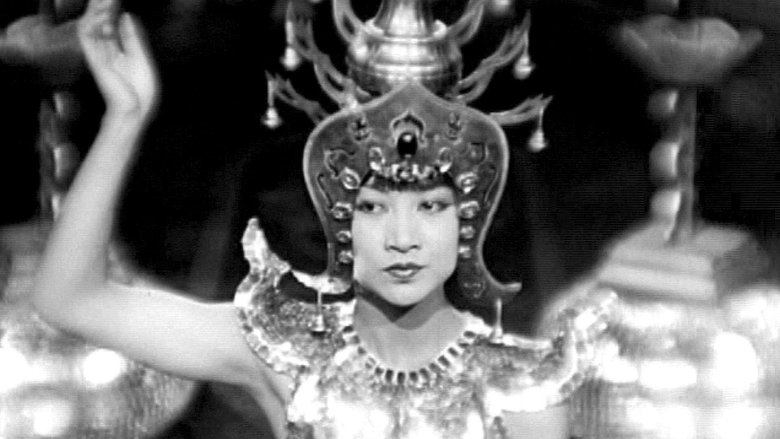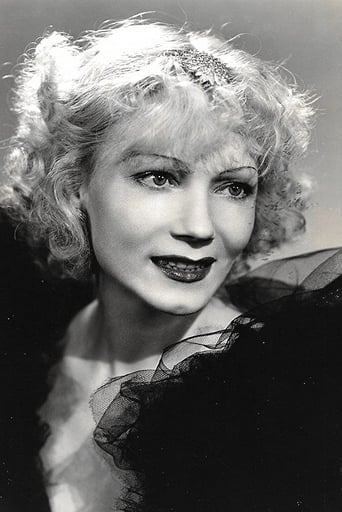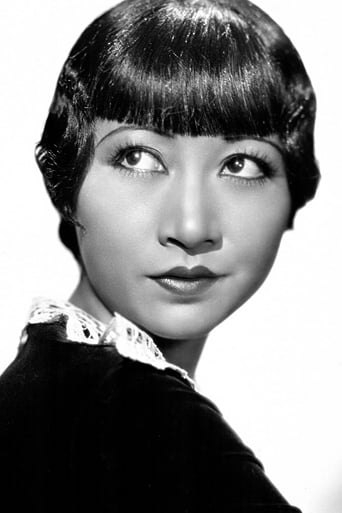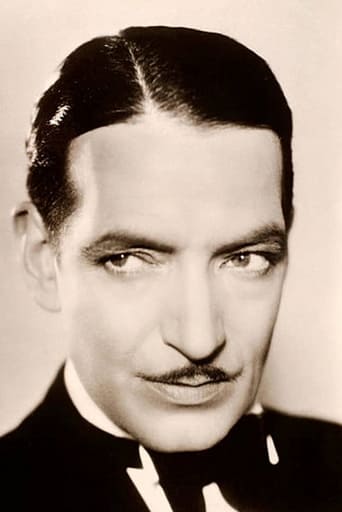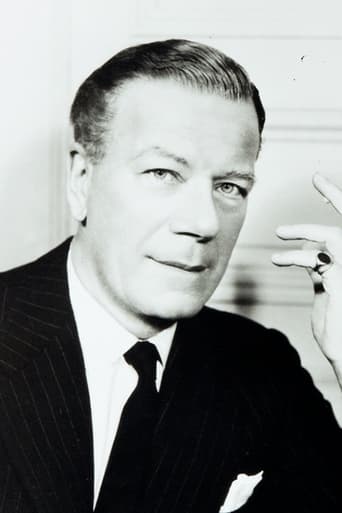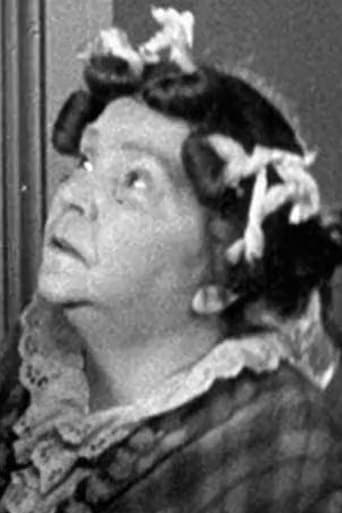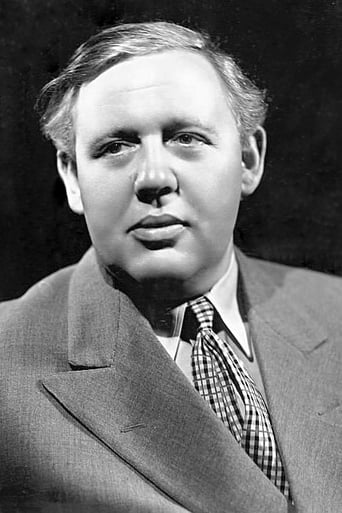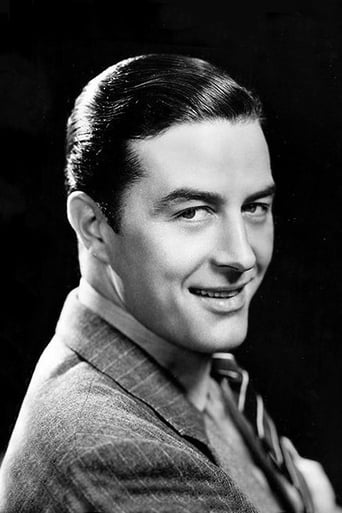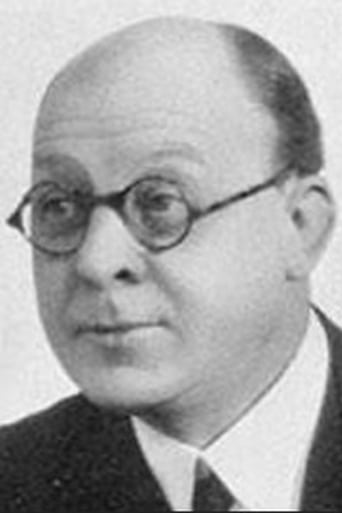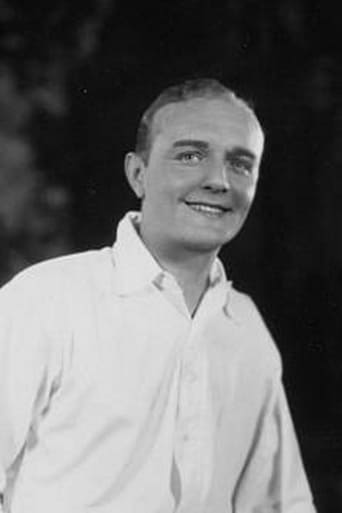A young Chinese woman, working in the kitchen at a London dance club, is given the chance to become the club's main act.


Similar titles
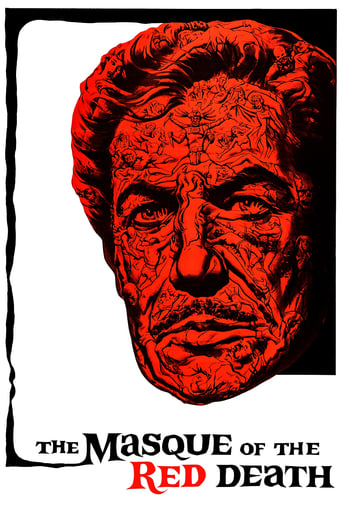
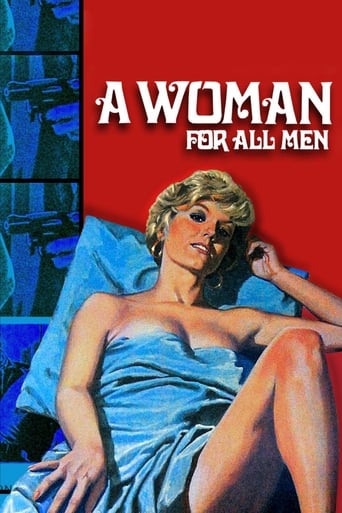

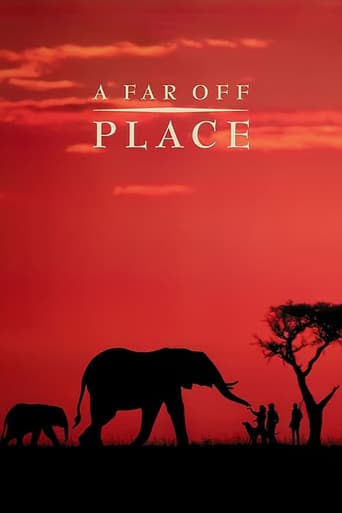
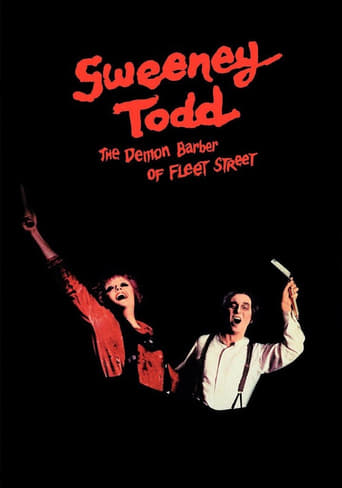

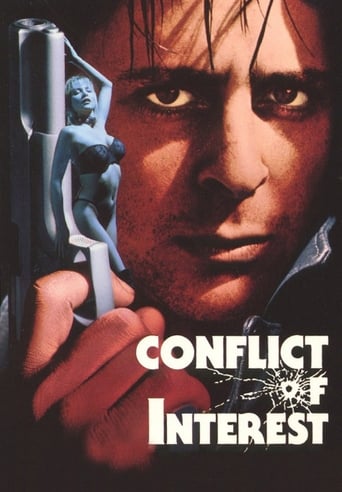
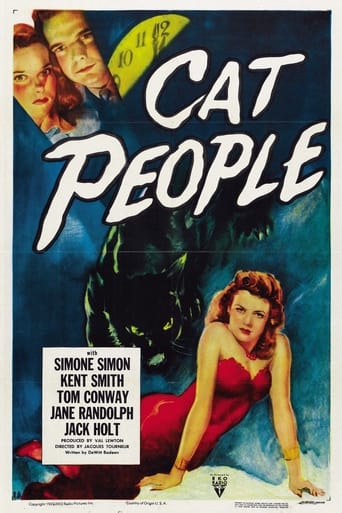
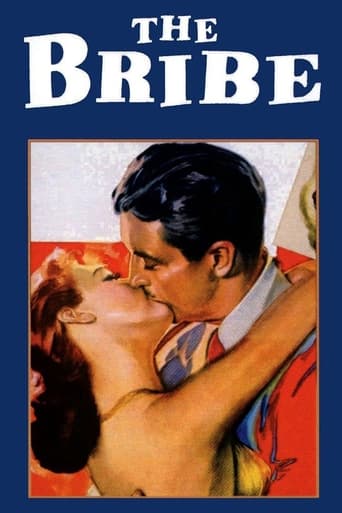
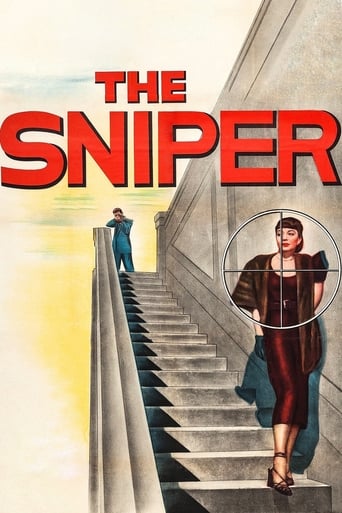
Reviews
Director: E.A. DUPONT. Screenplay: Arnold Bennett. Photography: Werner Brandes. Film editor: J.W. McConaughty. Art director: Alfred Junge. Assistant director: Edmond T. Greville. Producer: E.A. Dupont.A British International Picture. Copyright 29 July 1929 by World Wide Pictures, Inc. New York opening at the Little Carnegie Playhouse: 14 July 1929. U.K. release through Wardour Films Ltd: February 1929. 110 minutes.SYNOPSIS: Nightclub owner (Jameson Thomas) splits up a successful dance duo (Gilda Gray and Cyril Ritchard) when he falls for the girl himself. As a result, patronage decreases to a point where he is forced to seize upon some novelty attraction (Anna May Wong).COMMENT: This celebrated movie, scripted by the critically acclaimed yet popular novelist Arnold Bennett, turns out to be every bit as rapturous as its reputation thanks to the wonderfully charismatic performance of the entrancing Anna May Wong as the second lead. The top-billed Gilda Gray is not a quarter as fascinating, though Jameson Thomas, Cyril Ritchard and most particularly King Ho-Chang offer burning-bright Miss Wong excellent support. (Charles Laughton has only a small but effective role as an angry diner who kicks up a fuss over a dirty plate). The blissfully smooth direction by E.A. Dupont comes across as nothing short of startling in its thoroughly realistic yet rhapsodic pictorial effects. No expense has been spared on both luxurious and extensively squalid sets and costumes. The film editing is smooth as Chinese silk, whilst the beautiful photography with its tinted hues of gold and purple caresses the senses as it creates a riveting atmosphere of triangular payback and intrigue.
This is an absolutely superb film, far too little known and still much underestimated. It is of particular interest as it was made on what you might call the fragile border of the European cinema tradition in the land that has so often, politically, economically and culturally been the Continent's US "Trojan Horse". But it was made at a particular moment when the British had, briefly at any rate, partially escaped their infeodation vis-à-vis the United States and become more open to tbe influence of other European cinema. It was a period (1928-1933) when a real effort at inra-European co-operation was being made (at least in th world of cinema), when there were many co-productions, often resulting in multiple versions of films in different languages (mainlyl French, German and English) and with slightly different casts in each country.Although this film does not come in that category, it was one of several films made in Britain at this time by German directors, which clearly show the influence of German cinema, in the superb cinematography, in the emphasis on "ensemble" acting, in the relatively slow pace and, for most of the film, lack of melodramatic action. The editing and the use of close-up, in the European manner, does not privilege "continuity" (ping-ponging backwards and forwards between the characters in the classic US fashion) but instead concentrates on "connectivity" (psychological and thematic relevance). The influence of naturalism (most strongly associated with Germany at this time under the name "neue Sachlichgkeit" or "new objectivity") is there, in, for instance, the fine scene set in a lower-class London dance-hall. Subjects are introduced that would have been taboo for US film-makers (the raising of the issue of racial prejudice and racial segregation in that same scene)and, while the style is delightfully elliptical and non-explicit, the film has a sexual pulse that is again typical of European film, while US equivalents rarely rise above mild prurience.Dupont was a fine director both with regard to cinematography and with regard to acting and this is clear from the performances he elicits from all the principals, in all there cases better performances than they would produce or, in where Wong was concerned, be given the chance to produce, in any other films. Since the comparison with Von Sternberg has been raised by other viewers, I have to say that I find Piccadilly distinctly superior to any of Von Sternberg's silent films and better indeed than anything Von Sternberg ever did with the exception - admittedly a very notable one - of his one German film, Der blaue Engel. If Dupont's career went down the drain it was through little fault of his own. Both he and Anna May Wong were notable casualties of the restrictive US system and in both cases it represented a shameful waste of talent. Wong's story is well known - how racism and stereotyping ensured that she never came near to fulfilling her potential.Dupont was a casualty of a certain Herr Hitler who took it into his head to destroy what was, to my mind incontestably, the finest cinema industry of the world at the time. He became part of the great exodus of talent from Germany that would be the US' great gain but a gain it often did not know how properly to profit from. While it is true some German/Austrian/Hungarian expatriates had little problem with the restrictive nature of Hollywood cinema, notably "the playboy Lubitsch" (as Graham Greene once called him, who had come to the US rather earlier (1926) and of his own accord and could adapt to anything. Eclectic directors who did not much mind what they worked on or how it was chopped about (Michael Curtiz for instance) fared well enough. Younger directors, who had had relatively little experience of the German system (Billy Wilder for example) also adapted without problems.But for many the US experience was something of a nightmare after the much freer and more expressive cinema world they were used to. Even F. W.Murnau who came at around the same time as Lubitsch and been given unusual lattitude because he was regarded as such a valuable "catch", after making one of his best films (Sunrise), soon found himself at continual loggerheads with the US production system. Fritz Lang, whose first US film, Fury, is also arguably the best of those he made there, had a successful enough career on the surface but talked long and often of the bitterness and artistic frustration he felt over his US experience. Dupont, who had had little success with an earlier US film (1927), was not regarded as a "catch" in the same way and found himself relegated after 1933 to the making of B-films. It is possible to make excellent B-films (another expatriate Edgar Ullmer is a fine but rare example) but it was not easy and required a very particular, almost perverse, talent that Dupont lacked. Sickened by the experience, he abandoned directing almost completely in 1940 (making only a couple of bread-and-butter films again at the end of his life.It is rather fitting that, in 1929, Britain, a sort of halfway-house in some sense, should have provided a haven both for Dupont and Wong to show what exceptional talents they both were.
London "Piccadilly Club" proprietor Jameson Thomas (as Valentine Wilmot) is having an affair with the female half of his star dancing duo "Mabel and Vic", shimmying Gilda Gray (as Mabel "Mab" Greenfield). When Ms. Gray's dancing partner gets too amorous with his lady love, Mr. Thomas fires the man. Alas, the departing Cyril Ritchard (as Victor "Vic" Smiles) was the nightclub duo's main attraction, and business tanks. But, Thomas has discovered a new dancer in his kitchen, sexy scullery maid Anna May Wong (as Shosho). Ms. Wong becomes an immediate sensation. Older Gray feels put out, especially when Thomas slips easily into the younger Wong's arms. Eventually, passion leads to murder.Director E.A. Dupont and photographer Werner Brandes are superb, in their final collaboration; they give "Piccadilly" a great, artful style. Wong's performance, the last of her "silent" career, is almost revelatory; and, it's at least "Supporting Actress" award-worthy. Higher-billed Gray handles her less flattering role well, too. And, Thomas meets Wong's subtlety in wonderful ways; catch him admiring Wong's torn stockings. Small bits of business, like Mr. Ritchard slitting a deeper crease into his hat, suggest additional eroticism.Charles Laughton has a delicious cameo as a "Piccadilly Club" patron more interested in his food than the dancers.The film is not without its sour notes, however; for example, some characterizations/relationships are poorly defined; and, the ending could have been better. However, any attempt to improve "Piccadilly" might have encouraged the producers to fix things that weren't broken. Even the fly crawling up Wong's left arm as she reclines, during a seduction scene, seems magically planned.
2004 was a very good year for fans of the actress Anna May Wong. It saw a Wong retrospective here in NYC's Museum of Modern Art, the first biography about Ms. Wong, by Graham Russell Gao Hodges, AND the rerelease of 1929's "Piccadilly," shown for the first time in decades. I so enjoyed this film when I saw it on the big screen that year that I decided to have another look at it on this fresh DVD, and my, how good it does look! A fascinating story of the rise of a young Chinese woman from scullery maid to feature dancer at a posh London nightclub, "Piccadilly" is a good introduction to Ms. Wong's many charms for those who have not had the pleasure before, or for those many who enjoyed her work in 1932's "Shanghai Express" and have found it hard to see her elsewhere. "Piccadilly," though a late silent, somehow feels strangely modern, and is beautifully shot and marvelously acted by all. The only disappointment for me regarding this DVD rental was with one of the many extras: a panel discussion about Anna May, hosted by B. Ruby Rich in 3/04 at San Francisco's Castro Theatre and including author Hodges AND another legendary Chinese actress, Nancy Kwan. The sound quality of this extra was so extremely echoed and garbled that it was impossible for me to decipher more than a few words of what I'm sure was a fascinating discussion. Doesn't anybody do a quality check on these DVDs before they're released? Whotta disappointment, indeed!

